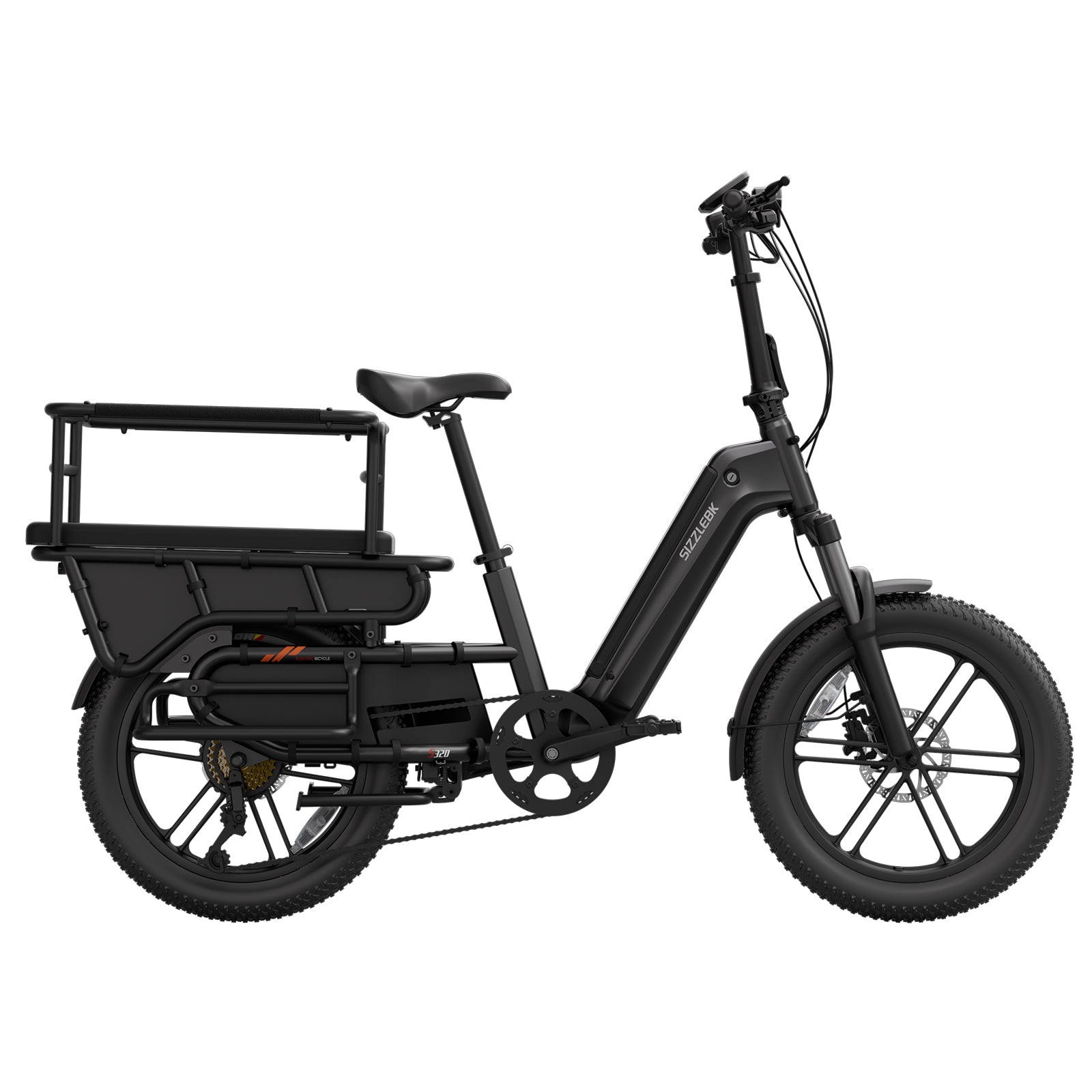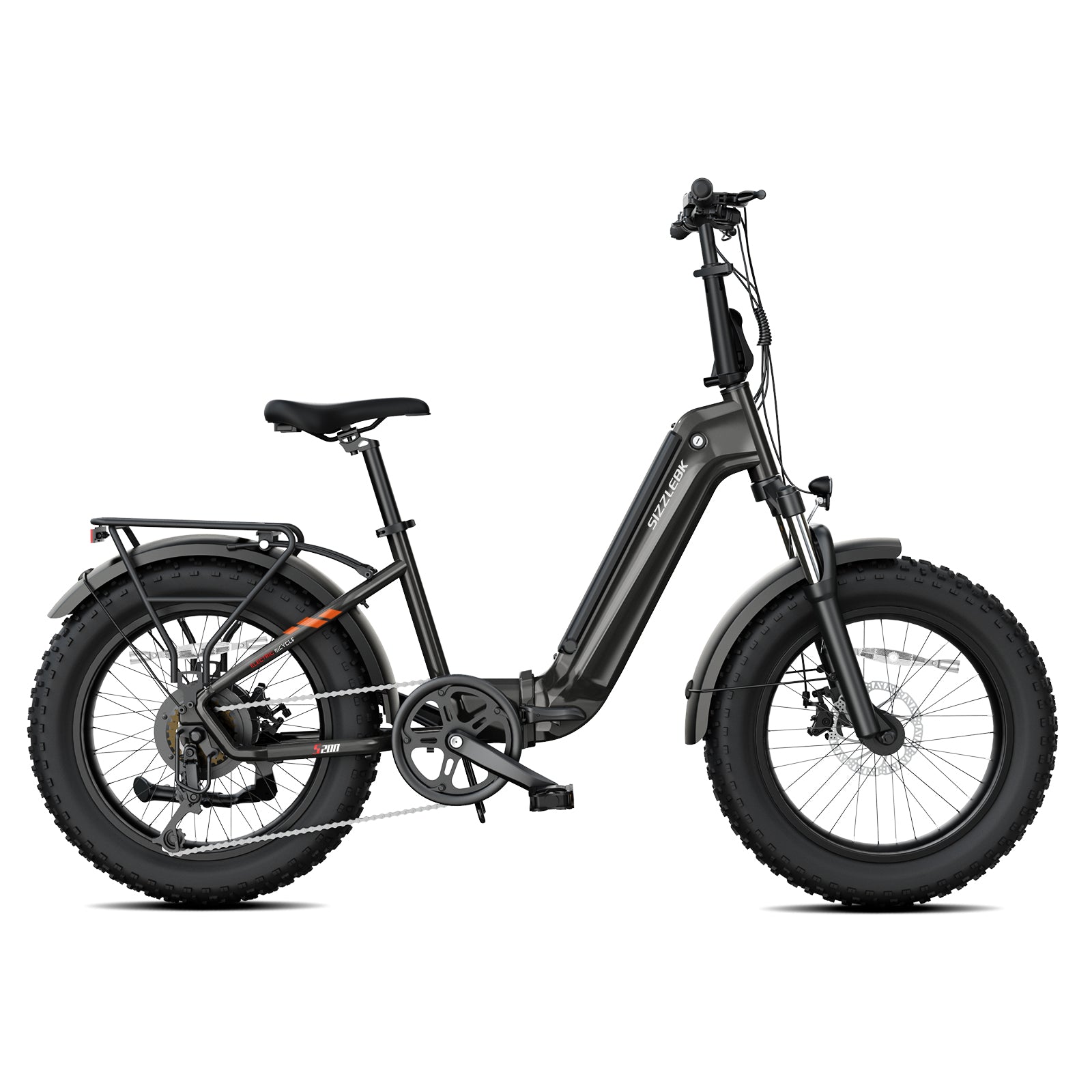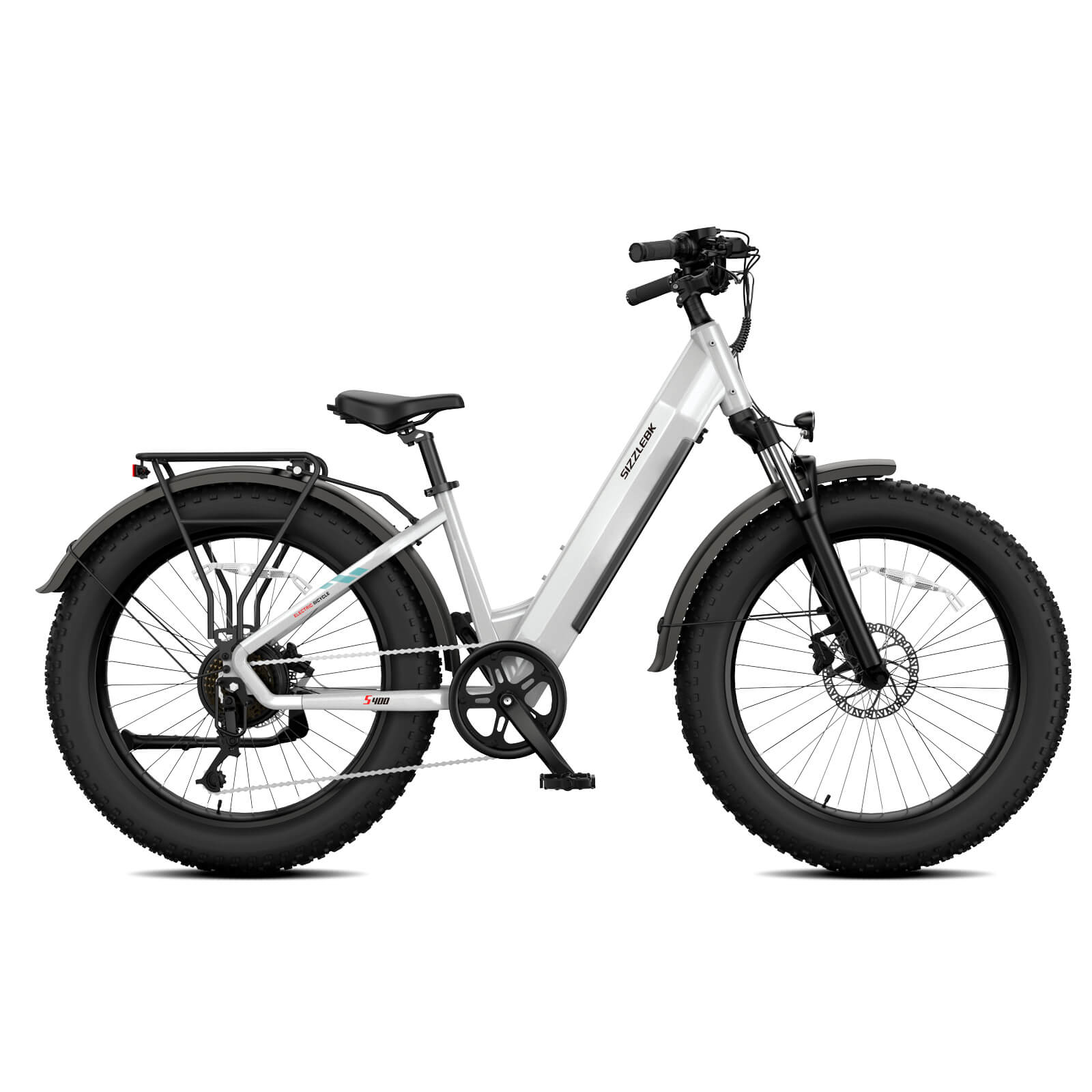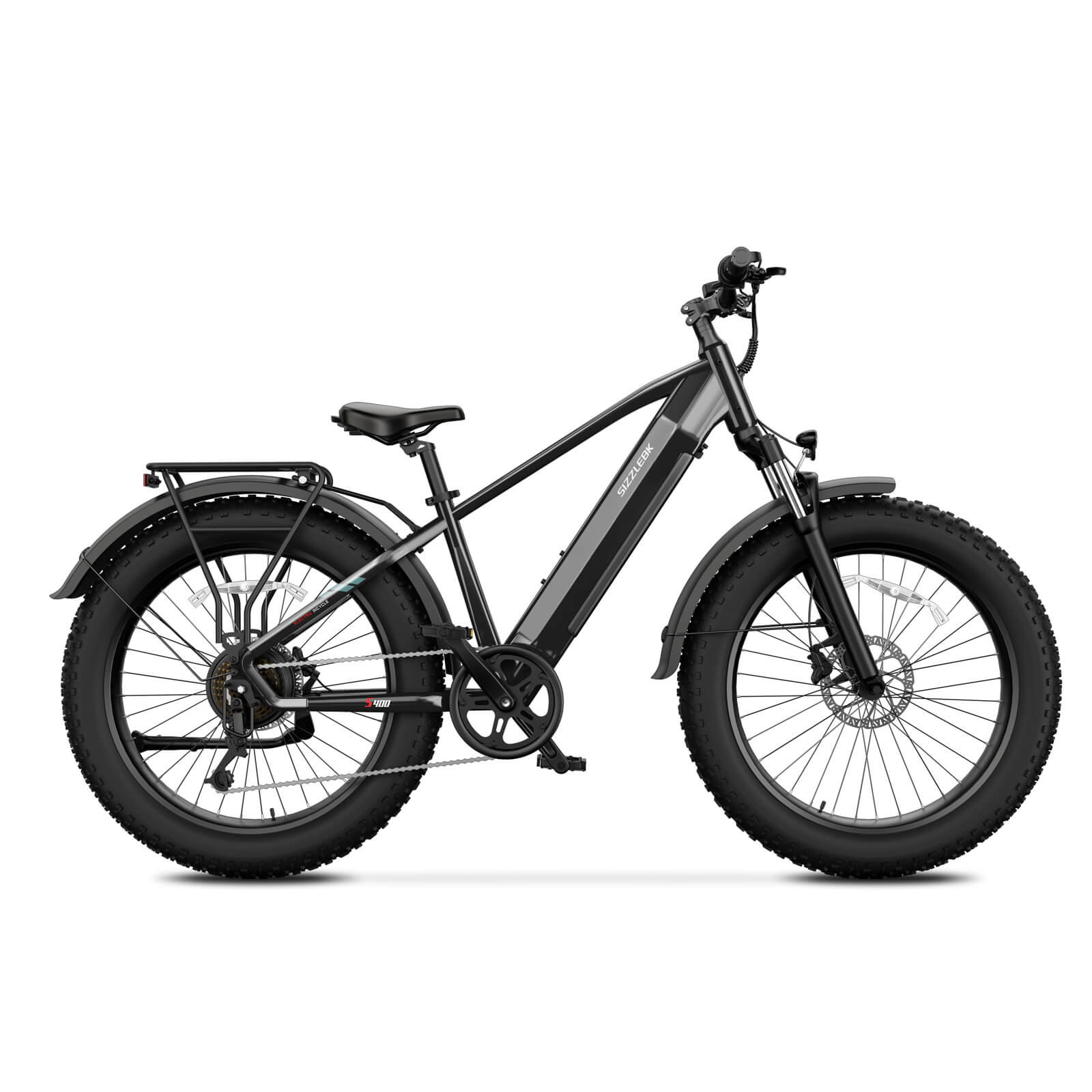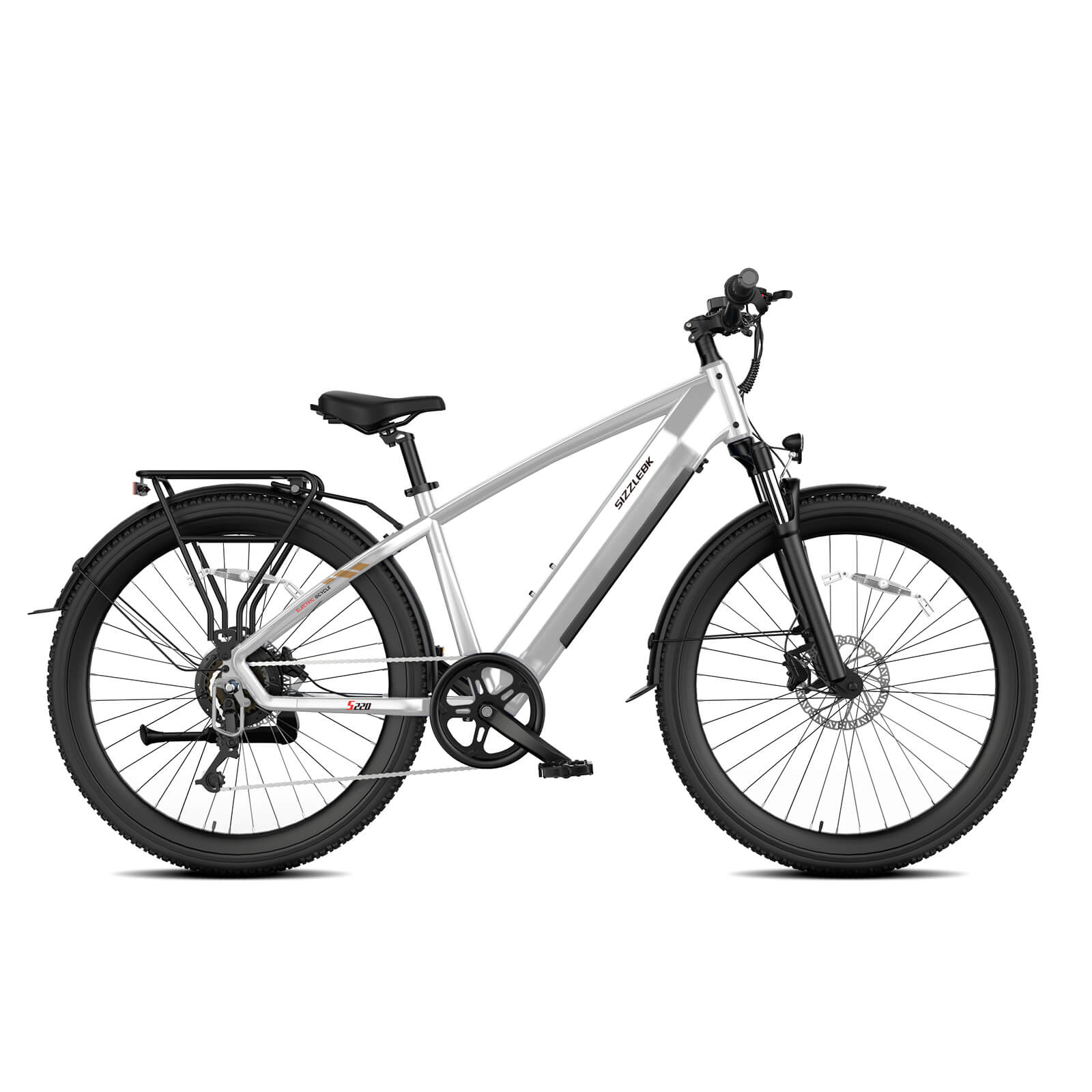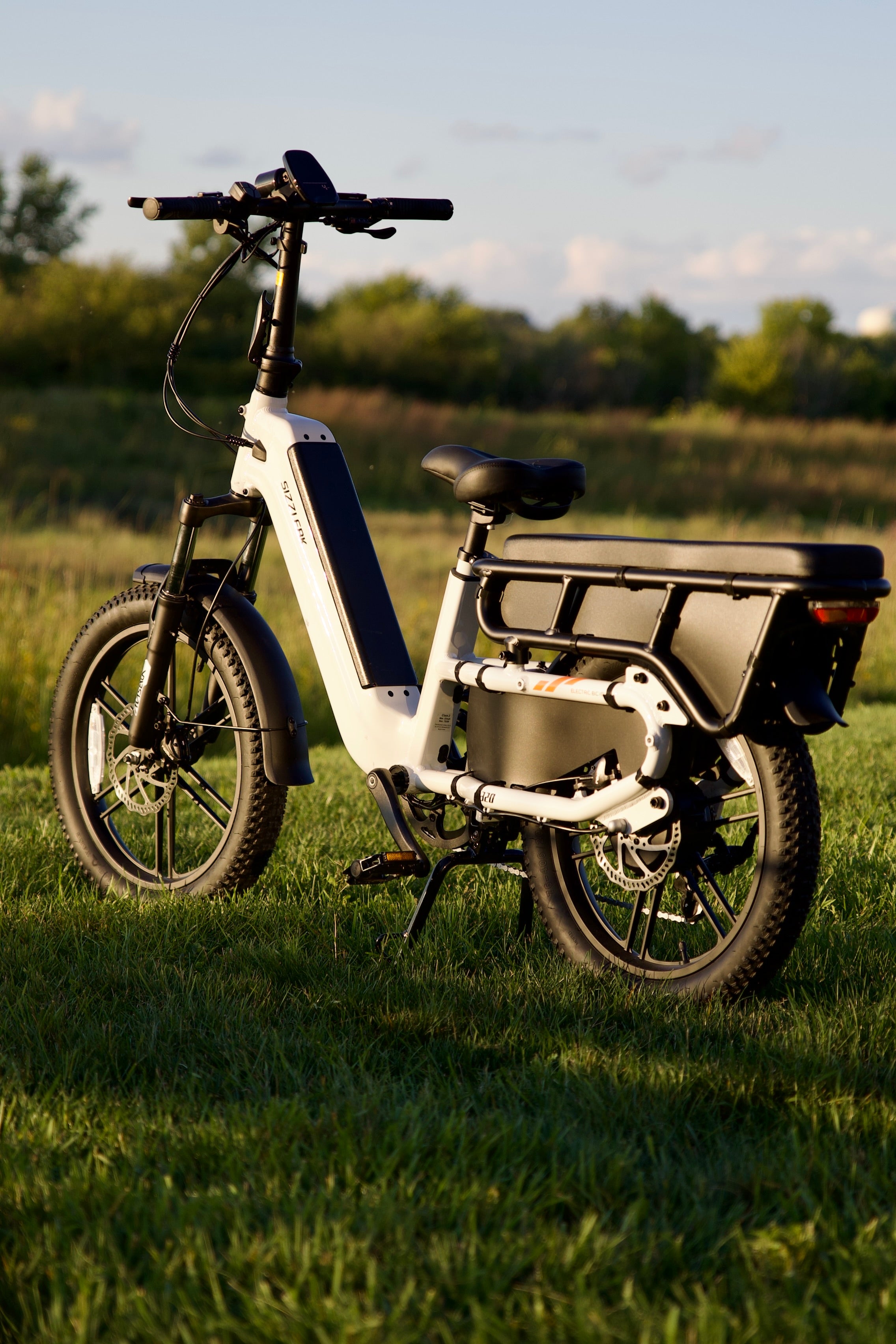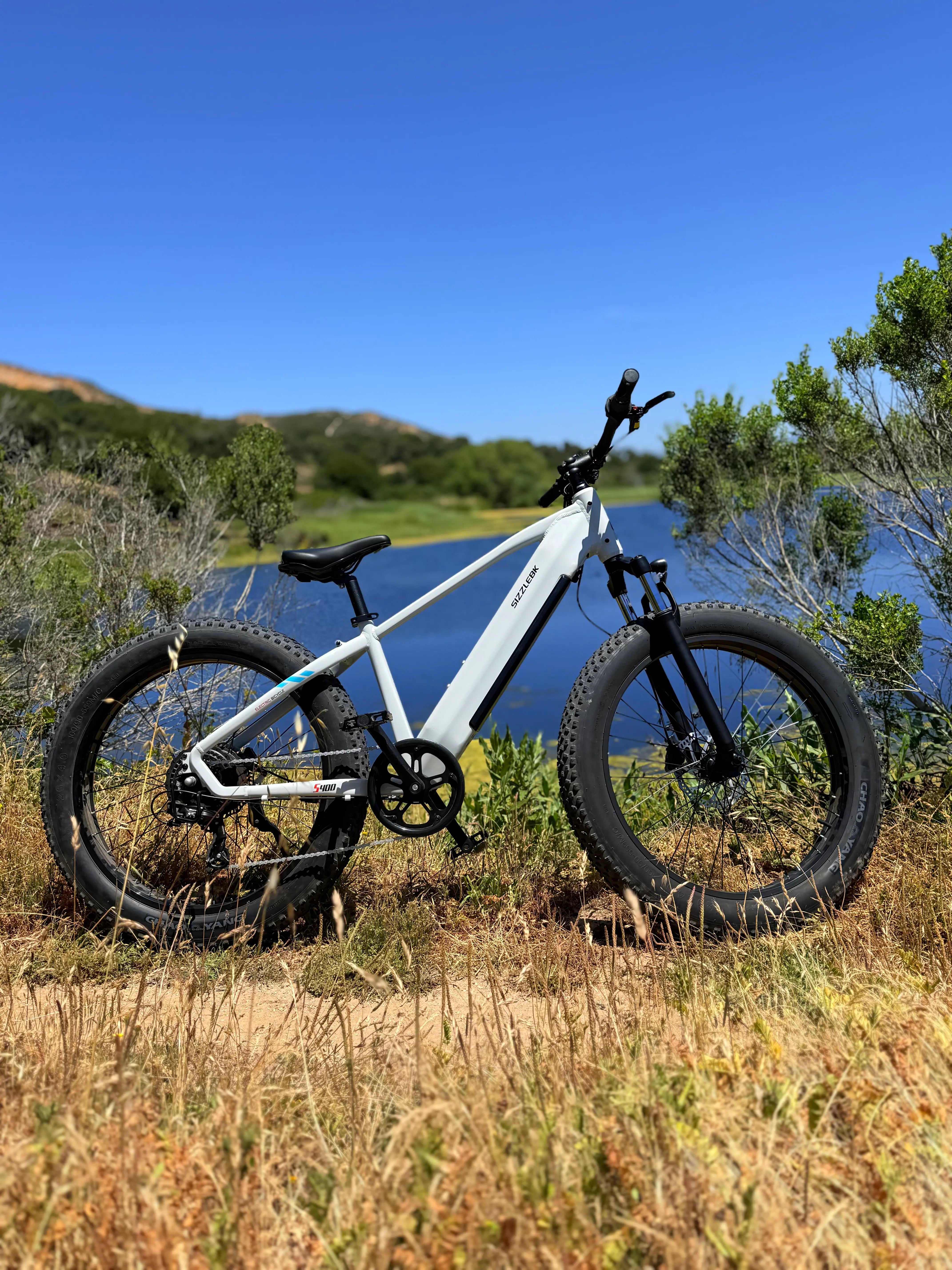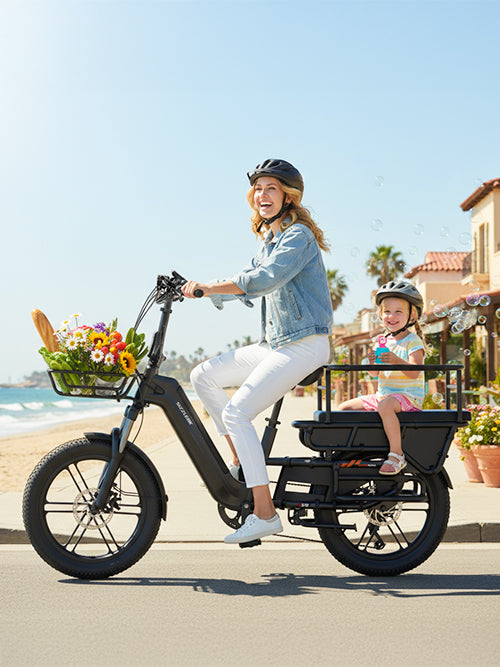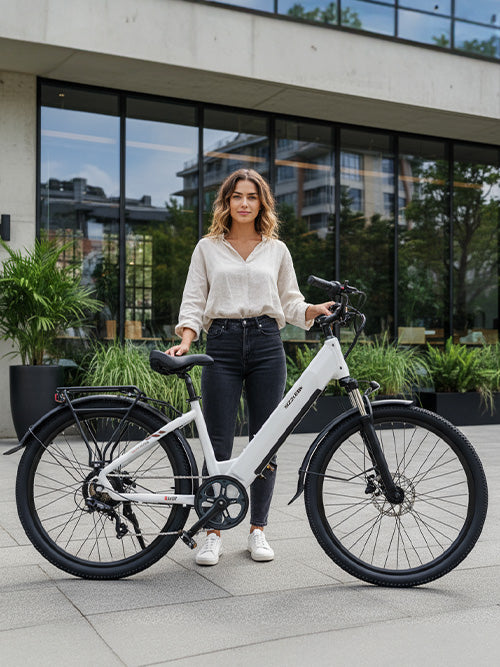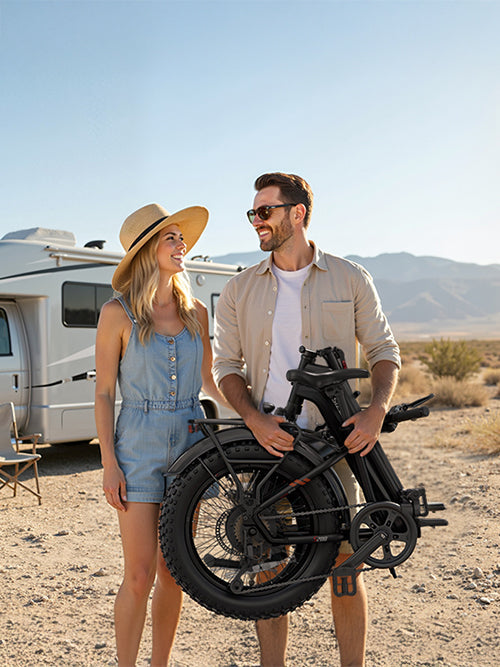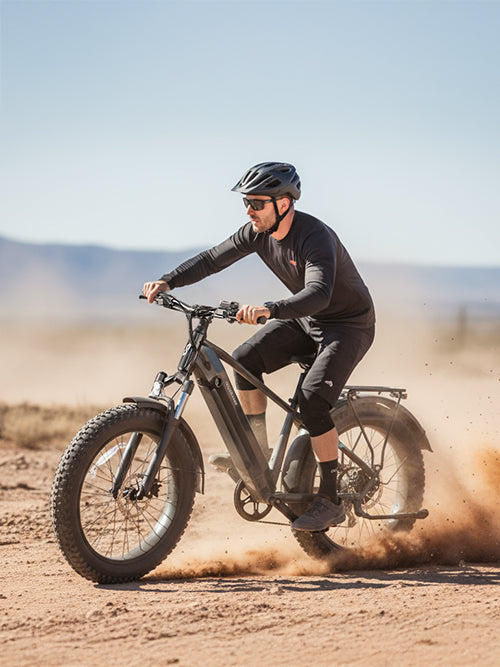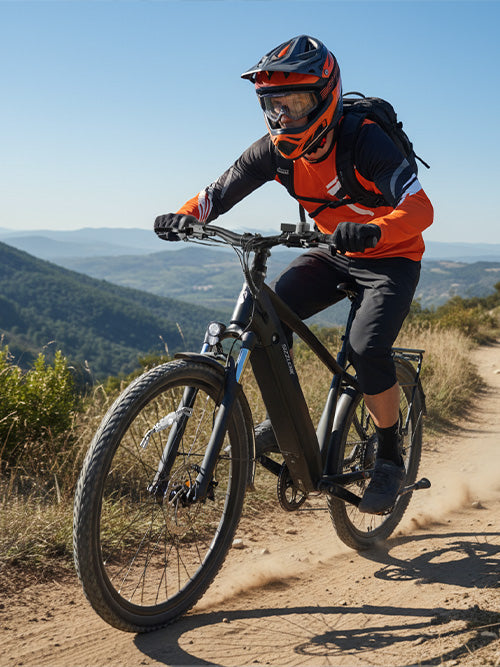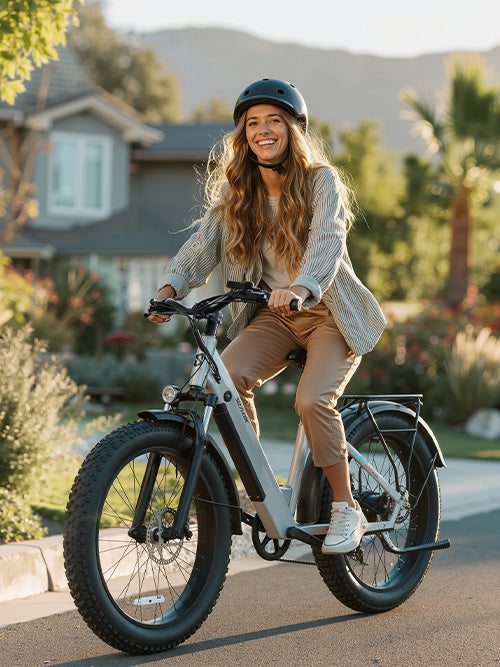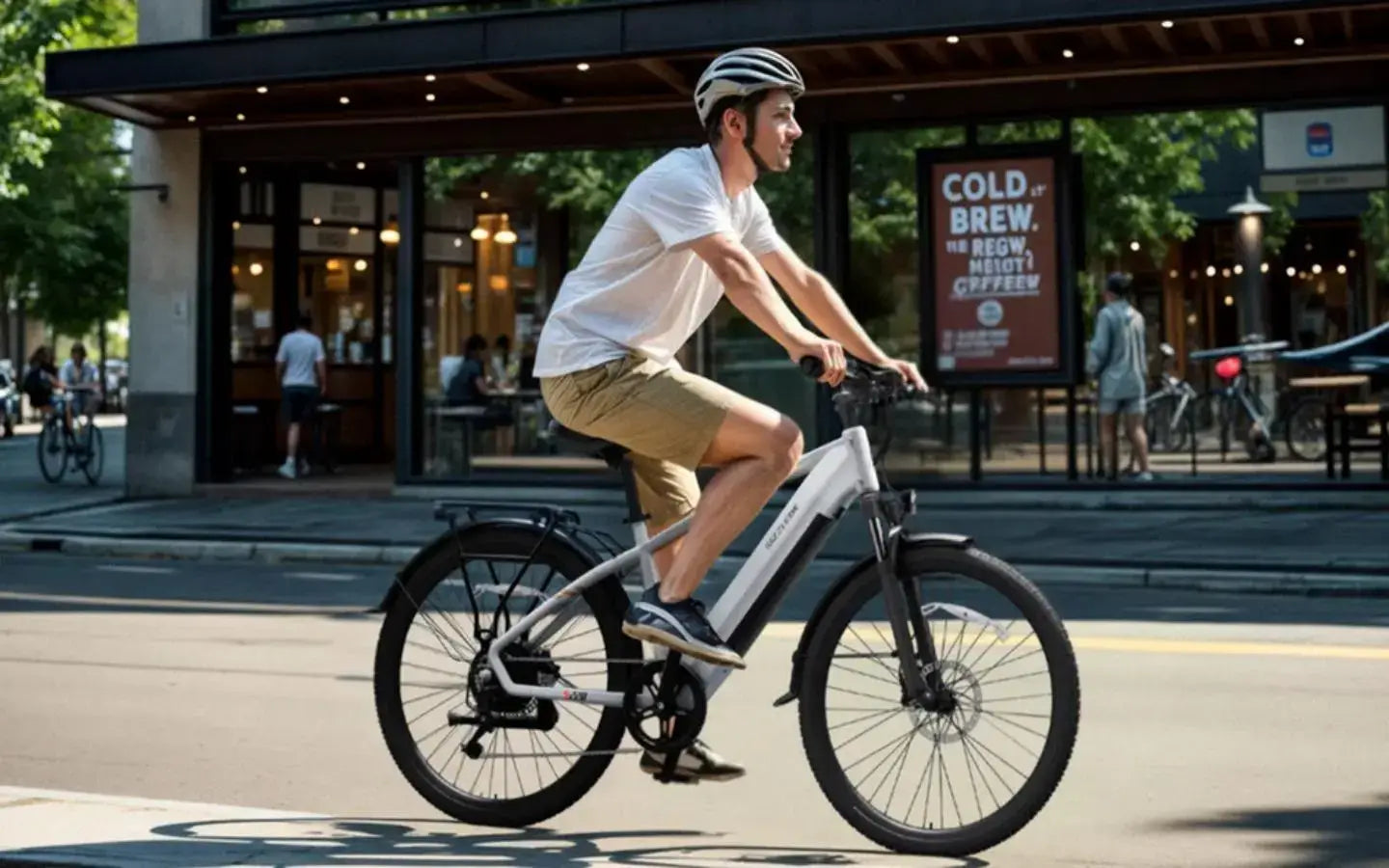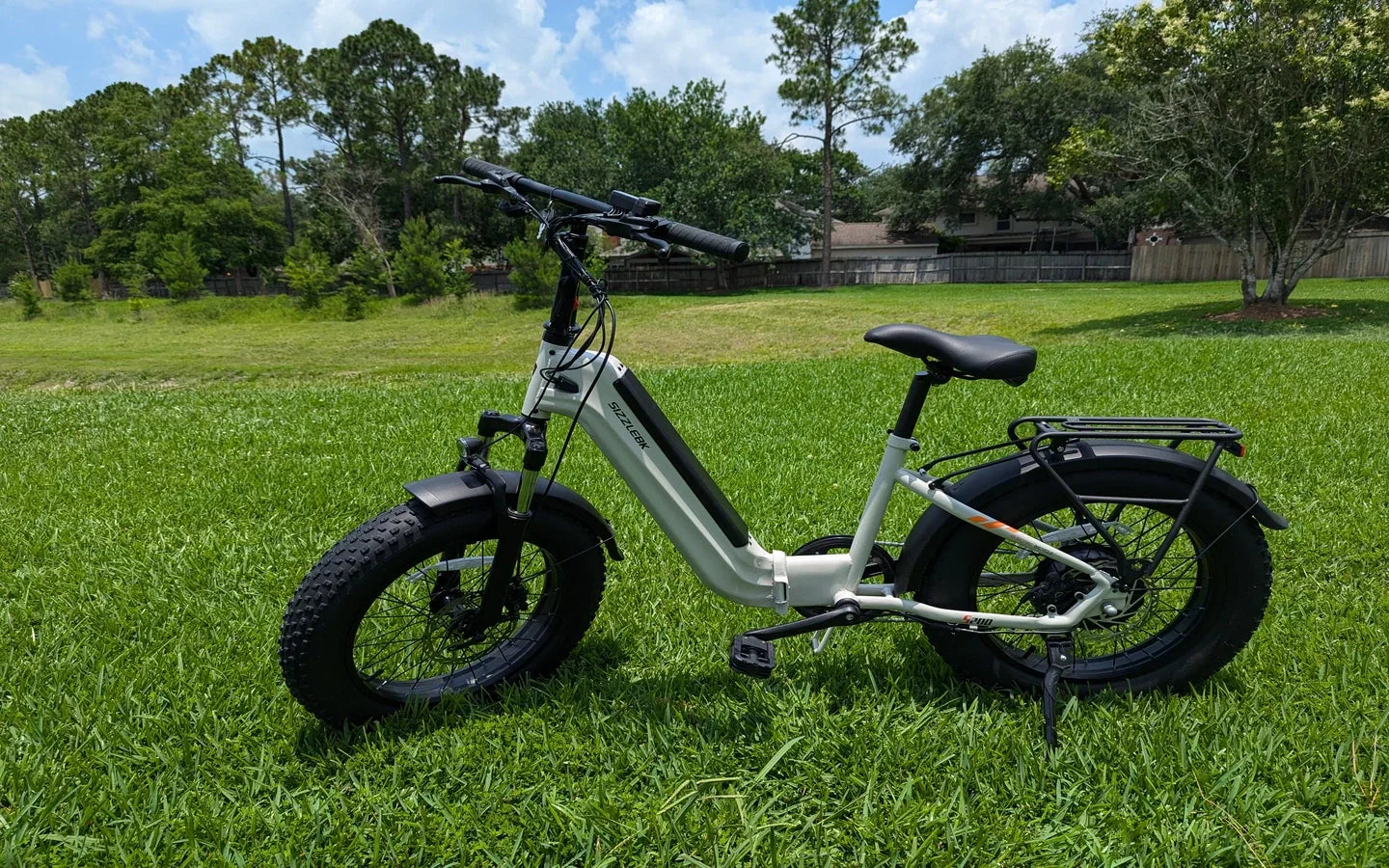Speed Sounds Tempting, But At What Cost?
Electric commuting bikes are revolutionizing the way we move through cities—offering a sustainable, fun, and efficient alternative to cars. But as the popularity of e-bikes rises, so does the curiosity: “Can I make it go faster?”
This question leads many riders to make the choices of unlocking their e-bike’s speed limiter—not using the built in restriction on speed. Unlocking the speed speed on an e-bike may seem like a clever workaround, however, many users have reported buyer's remorse after unlocking their speed limitations. In this article, we will look at why unlocking your e-bike may seem like an appealing option—and why it may ultimately cost you in the long run.
Why Some Riders Want to Unlock the Speed Limiter
Let’s face it—speed is thrilling. Many e-bike riders consider unlocking their speed limiter for reasons like:
Faster commutes to work or school
More power on hills or rough terrain
Better performance in group rides
Outpacing traffic or traditional cyclists
Bragging rights among friends or online communities
While the motivation behind it may be innocuous, most individuals do not consider the ramifications until after the risk has been taken.
Legal Risks: Changing Your Bike into an Illegal Vehicle
Before diving into state laws, it's important to understand the three commonly recognized e-bike classes that determine legal speed and usage:
Class 1: Pedal-assist only, max speed 20 mph
Class 2: Pedal-assist and throttle, max speed 20 mph
Class 3: Pedal-assist only, max speed 28 mph
Unlocking the speed limiter will put your e-bike beyond the legal range set by law, potentially classifying it as a moped or motorcycle, which requires:
Driver’s license
Registration
Insurance
Helmet compliance
Restrictions from using bike lanes or trails
If you're caught riding an illegally modified e-bike, you could face fines, confiscation, or even criminal charges in some regions.
Safety Hazards: Built for 20, Not 40
E-bikes are designed with specific limits in mind. Speeding beyond those design specs increases your risk of:
Brake failure—stock brakes may not stop you safely at 35+ mph
Tire blowouts—standard tires can’t always handle high-speed pressure
Battery overheating—high speeds drain batteries faster and heat them up
Longer stopping distances—leading to more accidents, especially in traffic
Frame stress and cracks—frame components may not be engineered for the extra force
Worse still, at higher speeds your reaction time decreases, but your risk of injury or fatality in a crash increases dramatically.
Voiding Your Warranty: A Costly Mistake
Most major e-bike manufacturers—like Bosch, Shimano, Bafang, or Giant—strictly prohibit modifications to motor systems or firmware. Unlocking the speed limiter usually results in:
Immediate loss of warranty
No free repairs or replacements
No support for parts or diagnostics
So if your motor burns out or your battery swells, you’ll be footing the bill. And these components aren't cheap—motors and batteries can each cost $400–$800 to replace.
Insurance Issues: No Coverage, No Protection
Unlocking your e-bike can void not just your warranty but also your insurance eligibility. In the event of:
An accident
Theft
Property damage
Personal injury to yourself or others
You may not be covered. Worse, you could be held personally liable if someone sues you after an incident involving your modified e-bike.
Performance Problems: Speed ≠ Efficiency
You may think unlocking your e-bike gives you a free power boost—but it often results in:
Rapid battery depletion
Lower range per charge
Increased wear on drivetrain and tires
Frequent overheating of motor or controller
Many riders report 30–50% range loss after unlocking their speed limiter, making it harder to complete even a basic roundtrip commute.
Moral and Ethical Responsibility
Riding a high-speed, unregulated e-bike in shared spaces isn't just illegal—it’s irresponsible. You put:
Pedestrians and other cyclists at risk
Your own safety in jeopardy
The reputation of the e-bike community at stake
Increased accidents due to illegal mods can lead to stricter regulations, making it harder for responsible riders to enjoy public infrastructure.
Better Alternatives: Safe, Legal, Effective
If you want better speed or performance without legal and mechanical issues, consider:
Upgrading to a Class 3 e-bike—legal up to 28 mph, safer components
Use a higher torque motor - for better climbing and acceleration performance
Switching to low-resistance tires—boosts range and speed
Riding more efficient routes—bike lanes and smooth terrain
Keep your bike maintained - lubricate the chain, inflate the tires, clean the drivetrain
Combining with public transit—maximize travel range and speed
These changes can boost your ride without compromising safety or legality.
Conclusion: Unlocking = More Trouble Than It's Worth
Unlocking your e-bike’s speed limiter may seem like an easy win—but it’s a risky game. You’ll face:
Legal consequences
Safety hazards
Lost warranty and support
Insurance voidance
Poor long-term performance
Ethical dilemmas
With legal, high-speed options available on the market, there’s no need to break the rules. Think long-term, ride smart, and keep your e-bike experience safe and enjoyable. Need a legal e-bike upgrade? Explore our recommended electric bikes here.
FAQ: Quick Answers to Common Questions
Q: Is it legal to unlock my e-bike for private property use?
A: Yes—but only on private land. The moment you ride on public roads or bike paths, you must comply with local e-bike laws.
Q: Can I relock my e-bike after unlocking it?
A: Sometimes. But manufacturers may still detect the changes and void your warranty.
Q: Will unlocking always damage my motor or battery?
A: Not always immediately—but it greatly increases long-term wear and risk of overheating.
Q: Can shops help me unlock it legally?
A: Reputable shops will not assist in illegal modifications. They risk losing their dealer status.
Q: How fast can an unlocked e-bike go?
A: Speeds vary, but many unlocked e-bikes can reach 30–40 mph—well above safe design limits.
